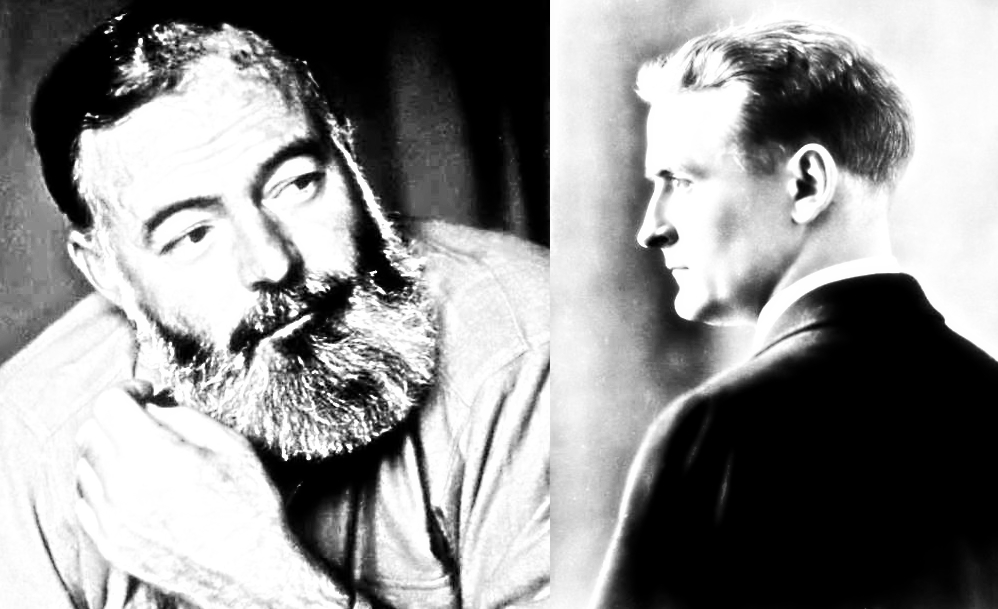Mark Twain was a writer of many interests and talents, and his writing was incredibly diversified as well, from stories of historical significance to essays about the human condition. He also dabbled in the fantastical in the same way that Johnathan Swift tackled the fantastical—with biting social commentary.
In moving forward on the blog, I will be doing a chapter by chapter breakdown and analysis of A Connecticut Yankee in King Arthur’s Court. Today’s post deals with the background and overall context of Mark Twain’s renowned (and somewhat controversial) novel. We will learn a little about the book, why it was written, and why it’s an important work of fiction.
Summary
A Connecticut Yankee in King Arthur’s Court centers around Hank Morgan, an engineer from the state of Connecticut. After a serious hit to the head, and probable concussion, Morgan is transported to the time of King Arthur and his knights. After being captured, Morgan makes the medieval world believe he is a powerful wizard using his knowledge of modern math and science.
The novel explores Morgan’s misadventures and outlook on society, which increasingly disgusts him as he attempts to reform society into a modern political system. Even with his knowledge of the future, things do not go as planned for the Yankee.
Background
A Connecticut Yankee was written in 1889 by Mark Twain and originally bore the title A Yankee in King Arthur’s Court. The book was written as outlandish tale mocking many of the customs of feudal society while criticizing capitalistic innovation. The books inception owes itself to the Gilded Age, in which US companies saw expansive growth through both industrial and technological means.
Though, according to most sources, this era also had an extraordinary amount of corruption and income disparity, as “greedy, corrupt industrialists, bankers and politicians enjoyed extraordinary wealth and opulence at the expense of the working class” (History). Morgan, in the novel, sees push back from all walks of life when he tries to enact change.
In this interpretation of context, one can see that the parallels between feudal society and capitalistic society where there was a massive difference between the kings and serfs, the robber barons and peons. The socioeconomic dichotomy between these two worlds perhaps gave Mark Twain a reason to see the hypocrisy in millionaires and tycoons spouting their incredible achievements while so many had so little, from “rapid population growth” across the nation and limited housing for residents that resulted in “tenements” and “slums” emerging as a pervasive fixtures in society (History).
In a literary sense, the book was most likely inspired by Le Morte d’Arthur by Sir Thomas Malory, and though it featured a historical setting—it was not necessarily Twain’s goal to maintain that accuracy. As James Williams states in “The Use of History in Mark Twain’s A Connecticut Yankee”:
“Despite his early statements of intentions, he (Twain) made no serious effort to present accurately the ‘life of the day.’ His failure to do so was not proof that he simply did not have the (knowledge) … It was rather that he did not have the temperament or the desire” (Williams).
In so many ways, Twain’s perspective of history is what matters in the writing and not the historical accuracy of the piece, as the novel paints a pessimistic picture of feudal society and morality as opposed to one that shares realist rationalization. That is to say, Twain’s worldview is one caked in irony and satirical pokes at what could only constitute stupidity.
Why this novel is important
I have not read this book since I was in middle school/high school. However, I can tell you that the satirical qualities of this book and out and out lampooning of high society and the norms of the proletariat can make you think about modern approaches to the political schema (oligarchs, billionaires, and class warfare).
With that being said, A Connecticut Yankee also started a modern boom within writing circles to overhaul views on societal disparities and push intellectuals into the Progressive Era and out of the Gilded Age. Transitional works are typically hallmarks in literary research to give students (and teachers) a broad view of the world or a broad platform to work from. As such, one could just as easily read Twain’s novel and then jump to Upton Sinclair’s The Jungle with little hesitation.
Thus, the novel creates an eye-opening view of society and also offers a gateway to other progressive texts.
Works Cited
History. “Gilded Age.” A&E. June 13, 2023. Web. URL: Williams, James D. “The Use of History in Mark Twain’s A Connecticut Yankee.” PMLA, vol. 80, no. 1, 1965, pp. 102–10. JSTOR, https://doi.org/10.2307/461131. Accessed 3 July 2023.
Williams, James D. “The Use of History in Mark Twain’s A Connecticut Yankee.” PMLA, vol. 80, no. 1, 1965, pp. 102–10. JSTOR, https://doi.org/10.2307/461131. Accessed 3 July 2023.







